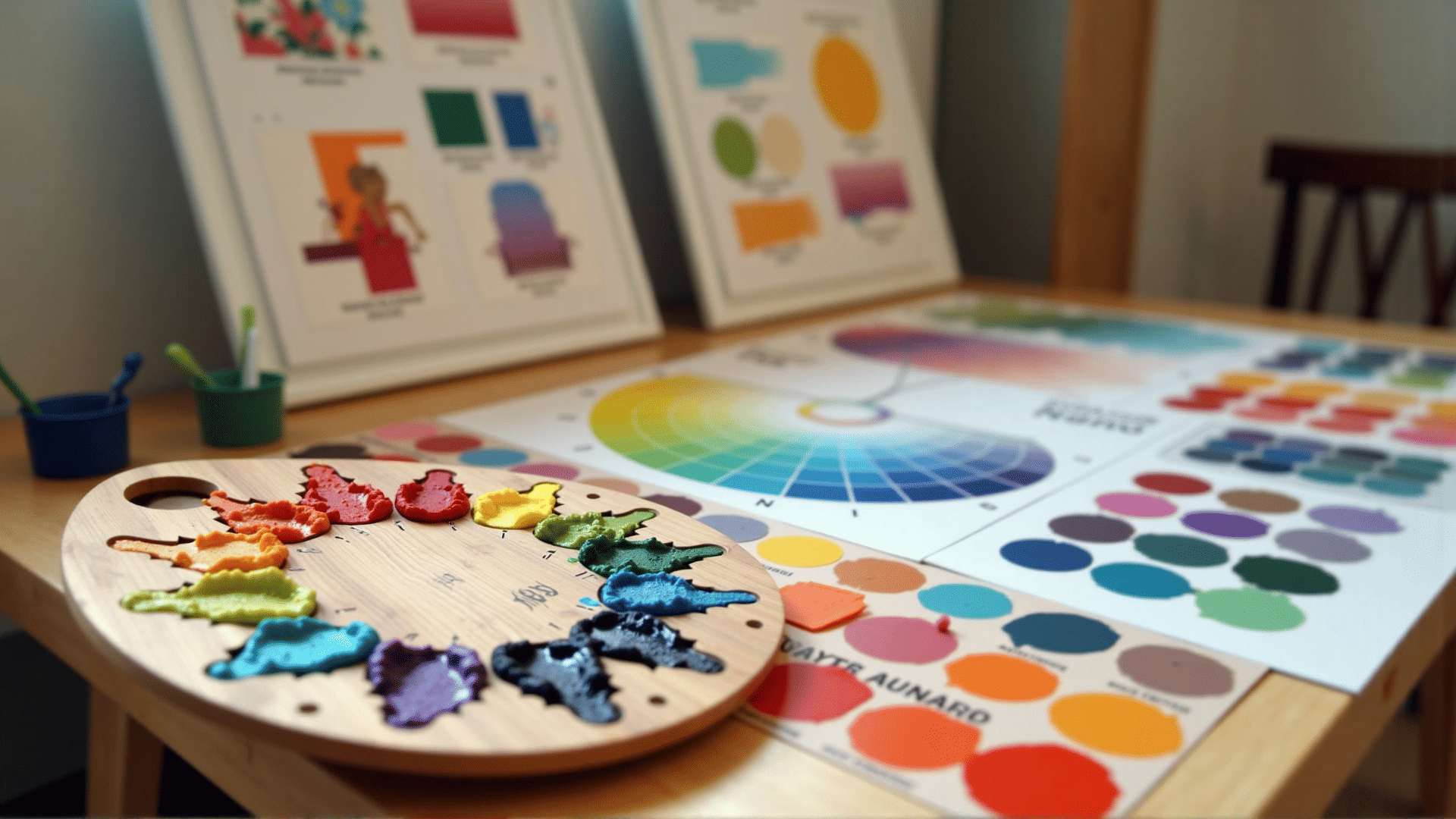In the world of design, understanding color theory is essential for creating compelling and effective visual compositions. At its core, color theory is the art and science of using color effectively, recognizing its impact on human emotion and perception. By mastering color theory, designers can guide viewers' experiences and enhance the overall impact of their projects.
Colors influence emotional responses and can convey different messages, making them a powerful tool for designers. For instance, warm colors like red and orange are often associated with energy and passion, while cool colors such as blue and green can evoke calmness and serenity. Understanding these associations allows designers to evoke specific feelings and reactions from their audience.
To effectively use color, designers must also understand various color models. The RGB (Red, Green, Blue) model, crucial for digital design, is based on the additive color theory, where different combinations of these three colors create a broad spectrum on digital displays. Conversely, the CMYK (Cyan, Magenta, Yellow, Black) model is vital for print design, relying on the subtractive color theory, where the combination of colors subtracts wavelengths from reflected white light.
The color wheel is another vital tool in color theory, allowing designers to understand relationships among colors. Complementary colors, positioned opposite each other on the wheel, provide high contrast and energy, while analogous colors, next to each other, offer harmonious and cohesive designs. Designers often use these relationships to create balance and visual interest.
Designers can also employ color to create visual hierarchy within a composition. By using varying hues, saturation, and brightness, they can direct attention to specific elements, ensuring the most important information is noticed first. This deliberate use of color can guide viewers through a page or screen in a seamless manner.
Practicing color theory involves more than just understanding colors individually; it's about seeing how they can work together in a composition. Tools like mood boards and color swatches help designers experiment and find the perfect color combinations for their projects. These methods facilitate a deeper exploration of shades, tones, and tints, broadening a designer’s creative palette.
Color theory is not static; it evolves with trends and cultural shifts. What resonates today may change as societies and technologies transform. Therefore, staying informed about current trends and innovations in color usage is crucial for designers aiming to remain relevant and impactful in their field.
In conclusion, mastering color theory equips designers with the ability to craft visually appealing and emotionally resonant compositions. By understanding how color influences perception and guides experience, designers can create work that not only looks beautiful but also connects powerfully with their audience. Whether working in digital or print, a thorough grasp of color theory is invaluable in elevating the quality and effectiveness of any design project.
